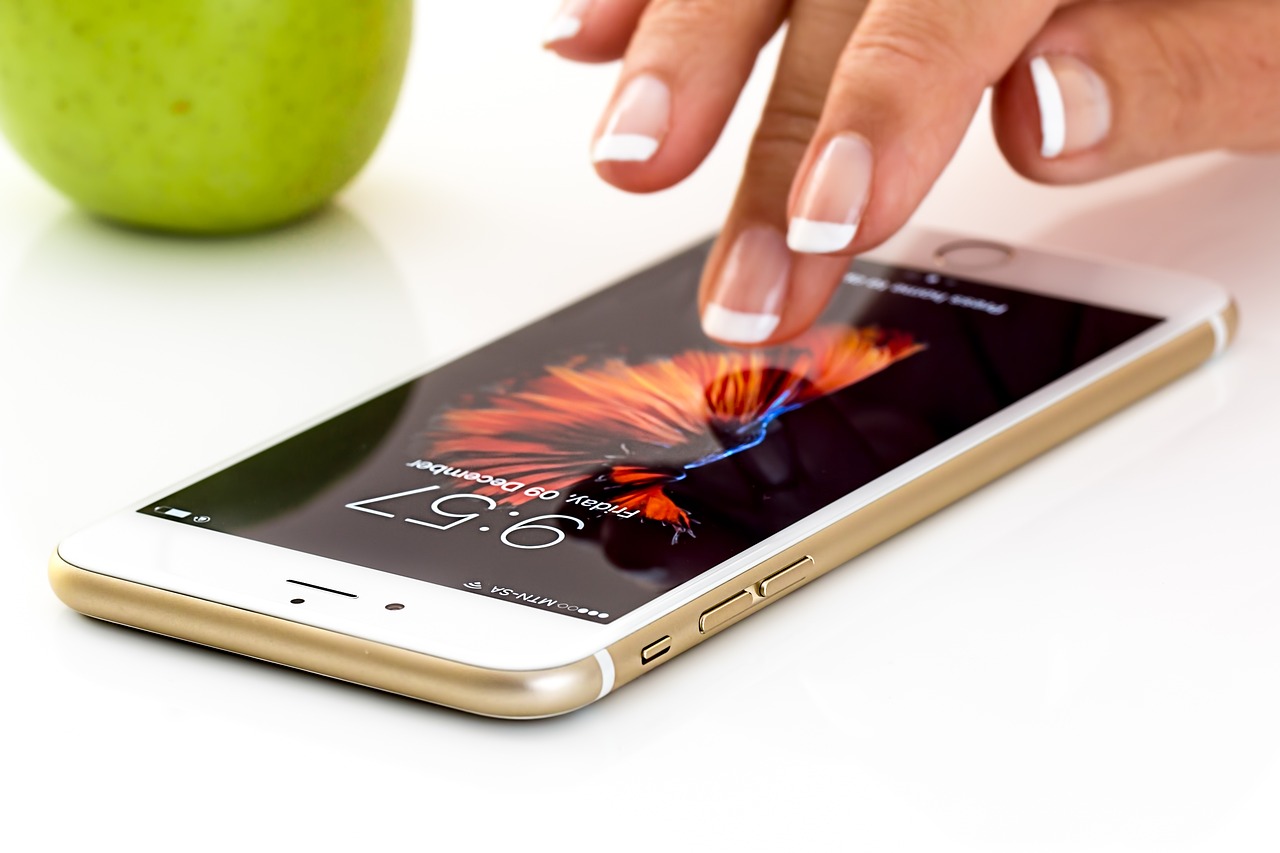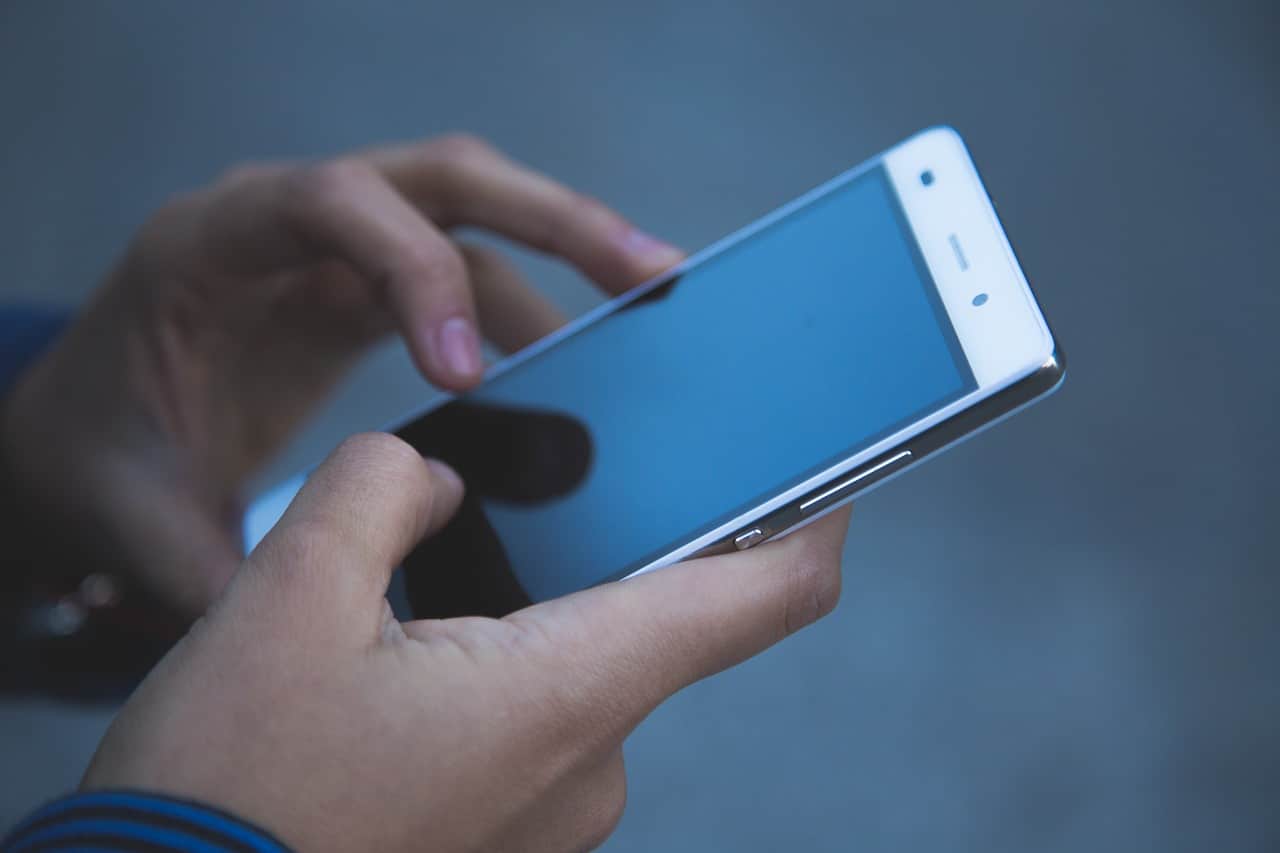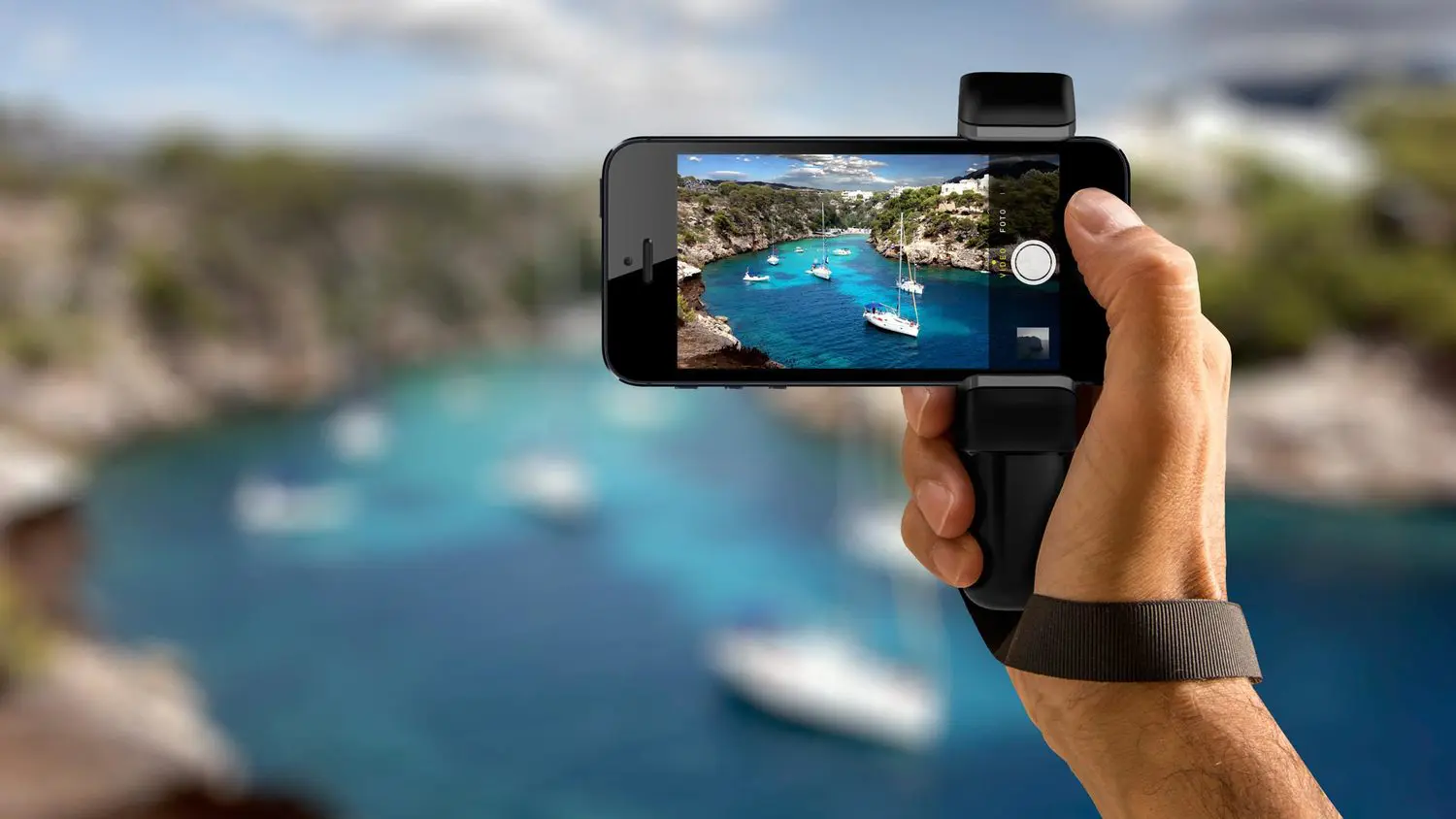Cell phone signals can interfere with aircraft equipment signals, hindering pilots' communication with radars. Find out more!
Most modern cell phones have connections that use electromagnetic waves, or radio waves, to exchange information. These technologies can end up affecting the equipment of some airplanes. For this reason, cell phones must be put in Airplane Mode during landing and takeoff.
When the mode is activated, the cell phone's transmission and reception of radio waves are turned off. The main source of electromagnetic interference on the plane is intentional transmission, and when the cell phone is in airplane mode, the risk is eliminated. Thus, the pilot's communication with radars is not impaired.
Continue reading and learn more about this subject!

Airplane Mode
One of the frequencies used for smartphone communication is close to the range used by aircraft navigation instruments. Therefore, the probability of interference exists, even if it is not high.
When activating the airplane mode, mobile data, Wi-Fi, Bluetooth, NFC and GPS are turned off. Currently, some cell phones allow Wi-Fi and Bluetooth to remain on, even with airplane mode activated, keeping mobile networks disabled.
This way, passengers will be able to connect to the internet on the plane and use Bluetooth to connect to a device. Previously, airplane mode was very accurate and manufacturers were not confident that the functions were completely isolated. However, this has apparently changed over the years and there is confidence that leaving the phone in airplane mode can still use other functions.
Advantages
Using airplane mode is a way to save battery of the cell phone, since, when it is activated, the device does not search for carrier antennas, saving energy. Putting the cell phone in airplane mode, when charging, also helps the device to charge more quickly.
Activating airplane mode also helps block roaming costs, as well as blocking advertisements displayed in games and ensuring greater security for the user, preventing accidental messages and calls from being sent.
Signal interference
According to the National Civil Aviation Agency (ANAC), in the case of passenger transport, aircraft are certified for electromagnetic signal interference. During certification, aircraft undergo tests to determine whether they reach an acceptable level of signal interference at different times during the flight. The level has evolved over time.
Interference varies depending on the type of aircraft. In more advanced aircraft, interference is zero when tested with interference from Wi-Fi, Bluetooth, NFC and GPS transmissions, as is the case with the A320 and Boeing 787-9 Dreamliner models.
According to Anatel, to date, there are no records of interference on Brazilian flights caused by cell phones inside airplanes.
Companies
Gol reported that it follows the recommendations of ANAC and the aircraft manufacturer to avoid any risk related to the matter. Azul said that the aircraft are authorized to use electronic devices in airplane mode during the flight, with Wi-Fi activated, without suffering interference. Latam said that it follows the provisions of ANAC in the Brazilian Civil Aviation Regulation, which indicates that it is forbidden to use any portable electronic device on civil aircraft registered in the country. The main reason is to avoid causing interference with the communications systems.
Source: G1.



